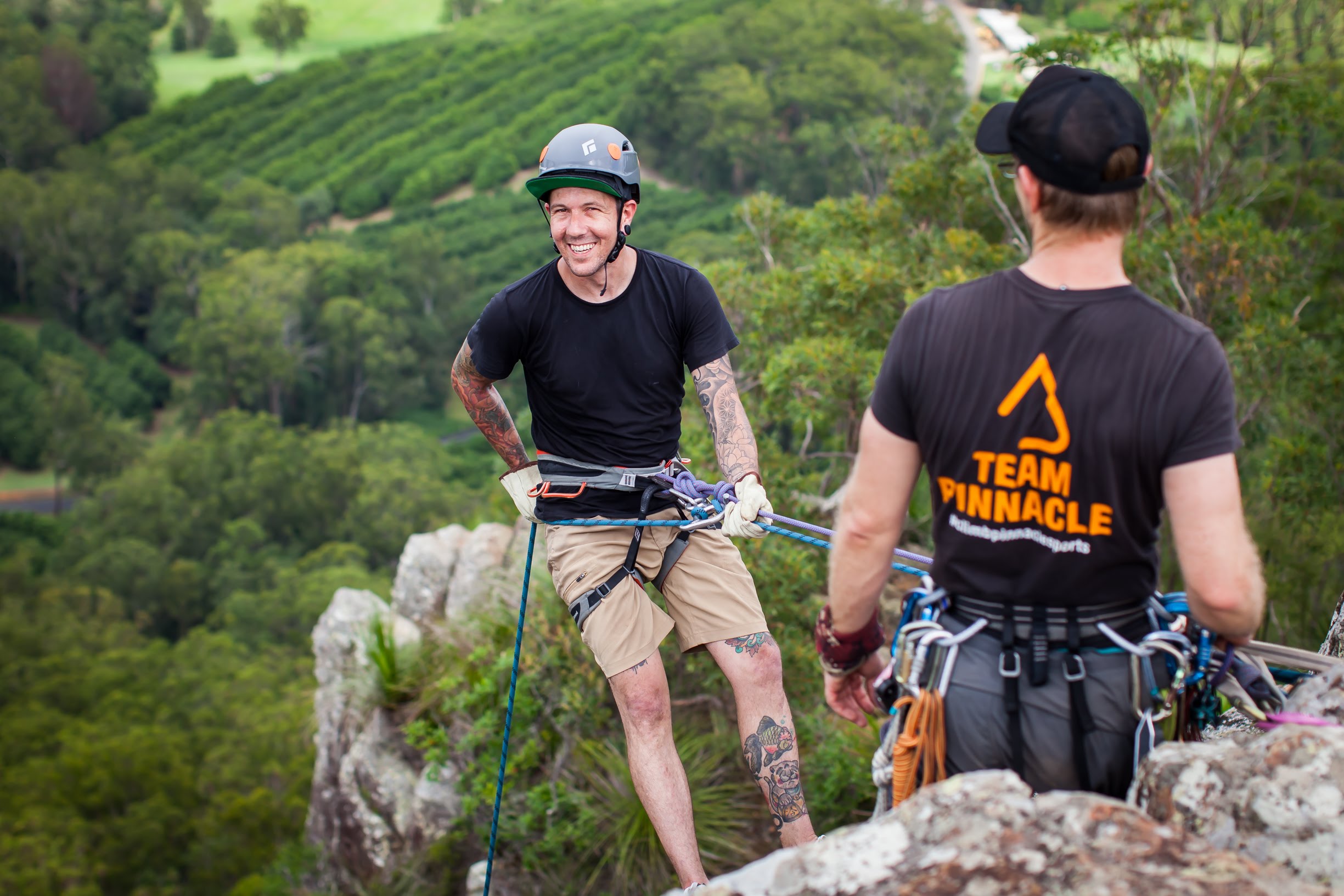An incredibly useful addition to any climber's set up, accessory cord comes in a variety of different diameters, each with their own useful purposes. It is important to note that although it is constructed in the same way as climbing rope (ie. it has a sheath and a core), accessory cords are static in nature and are not designed to be fallen on.
Most cord is sold by the metre and cut off a roll. Unsurprisingly, the larger the diameter the stronger the cord is. As a guide, here's how the strength of Tendon accessory cord differs per diameter:
| Diameter |
Strength (kN) |
Weight (g/m) |
Rated? (CE 564) |
|
2mm
|
1.2
|
2.8
|
No
|
| 3mm |
1.9 |
3.6 |
No |
| 4mm |
3.4 |
12.7 |
Yes |
| 5mm |
5.1 |
18.9 |
Yes |
| 6mm |
10 |
23.2 |
Yes |
| 7mm |
13 |
34 |
Yes |
| 8mm |
14.6 |
43 |
Yes
|
Handy Uses by Diameter
As with all things, application is key. We've outlined some handy uses for each diameter below.
2mm - 3mm Cord
Accessory cord at 2mm - 3mm is super lightweight, and ideal for small 'accessory' tasks, such as:
- Gear leash: Help prevent dropping your gear - 2mm works brilliantly for utilising the hole in the Petzl Sm'D Carabiner to connect to your Tibloc or Micro Traxion, while 3mm is great for tethering your GriGri
- Shoe laces: 3mm cord makes a perfect cheap and strong replacement for broken shoe laces - around 1.2-1.5m per shoe does the trick for most models. For La Sportiva Mythos, allow 1.7m per shoe.
- Travel kit: A length of thin cord in your camping gear can serve a myriad of uses, such as:
- Makeshift clothesline
- Replacement tent guy line
- Tent peg leashes
- Friendship bracelets: Who remembers these? 2mm cord is perfect for getting your craft on while you're waiting out the weather in the campsite.
4mm Cord
At 4mm, you're starting to gain a significant amount of strength, making this a great diameter for your slightly burlier accessory uses:
- Securing loads: Whether you're securing gear to your pack, or strapping a load to the top of your car, 4mm is a super handy diameter for securing loads
- Nalgene leash: Trust us, that plastic loop is NOT a bomber way to attach your Nalgene to your harness. Try this trick... Take 1m of 4mm cord (you won't need the whole metre, but this allows flexibility on length and then cut the tails), make a triple overhand noose around the neck of the Nalgene under the lid's plastic ring. Use a figure-8 on the bight to terminate. Pull tight - it will weld itself and not come off.

5mm - 6mm Cord
- Prusiks: This diameter of accessory cord is perfect for creating prusiks. Which diameter of cord to opt for is relational to the diameter of your rope - tests show that cord should be within 45% - 72% of parent rope diameter to function correctly, with 50-60% being ideal. This makes 6mm perfect for most standard ropes, while a 5mm would be preferable for thinner ropes. Here's a handy guide to the length you'd be needing for various prusik applications:
| Prusik Type |
Length Required |
| "Third Hand" / Autoblock |
1.5m |
| Purcell Prusik |
3.5m *
|
| Chest Prusik |
2m |
| Foot Loop / Stirrup |
3m |
| Munter Mariner |
6m |
* may need less for shorter climbers; at full extension the carabiner should not be out of reach
Note: A YouTube video is great as a refresher, but a poor substitute for proper training. If you're unsure how to use a prusik, ensure you're climbing with a suitable mentor, or check out our courses to learn from our highly qualified instructors.
- Pull cord / tag line: While specialised lines do exist for this purpose, 5mm-6mm accessory cord also works great as a pull cord / tag line for retrieving ropes on longer abseils with a single rope.
7mm - 8mm Cord
The strength of this thickness of accessory cord makes it perfect for anchor construction.
- Cordelette: The length varies depending on how widely spaced gear is when setting up your trad anchor. However, 7m of 7mm is fairly standard.
- Quad Anchor: Roughly 5.5m of 7mm cord.
How to Coil Cord on your Harness
[Insert video]







